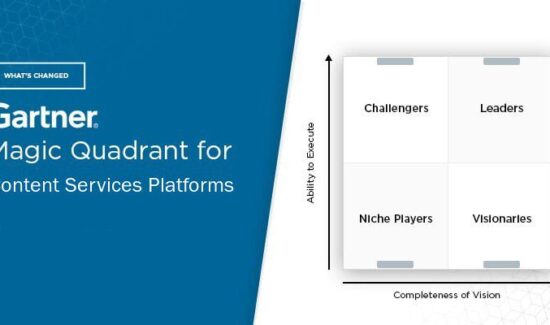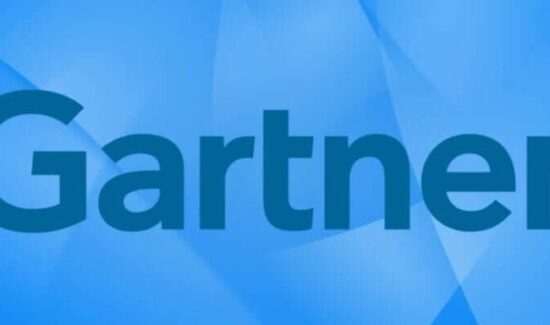Manage Content in its Entirety With an ECM Tool, Don’t Stop at Clinical


Hyland’s Industry Manager Steve Rudland recently took to the company’s blog to write about why an organization should manage all of its content with an Enterprise Content Management tool, especially when it comes to healthcare.
Rudland says he’s seen several RFPs for electronic document and records management systems from those in the healthcare space, and that they have something in common: “an emphasis on clinical functionality, with much of the business case being built on the digitization [sic] of patient records.”
Rudland also said that the importance of corporate document management is often put to the side, along with the cost savings and boost in efficiency that normally comes along with it.
If a healthcare organization is looking to buy an electronic document management system, they tend to focus on going paperless and how patient’s records will be digitized. However, there are other advantages to digitization, including the ability to cancel warehouse leases and saving cash, overall improvements to healthcare as clinicians are able to see a patient’s complete history, and “governance headaches you remove by being able to control the access and circulation of records.”
If you’re in the healthcare space, remember that not highlighting how important document management can be within a corporation may lead to the purchase of a clinical document management system instead of an enterprise system. And that could mean corporate records being managed by another system or simply left on paper, Rudland said.
He went on to say that all of that is easy to skip by if you are able to grasp the benefits of an enterprise system and if the procurement is structured accordingly.
The following “quick-win areas,” provided by Hyland, show where corporate document management will be beneficial. Plus they are great starting points for a corporate document management program:
- Policy & Procedure Compliance
Better manage the version control, distribution, and reading compliance of corporate policies and standard operating procedures. Being able to manage reading compliance of policies and procedures is an essential component of compliance with quality, security, and safety standards.
- Human Resource Document Management
Streamline and automate your job requisition, recruitment, and employee onboarding processes that take place outside of the electronic staff record system.
- Meeting Agenda & Minutes Distribution & Publication
Meeting packets can run to hundreds of sides of A4. When you create the entire packet electronically, the savings on the cost of printing, packaging and distributing these physically is immediately recognizable at board level.
ECM tools provide clinical and corporate content management from a single software stack, additionally, it manages content from a single enterprise-wide repository.
“True ECM is not limited to any particular department or process, and brings the same improvements to administrative, financial, and compliance functions as it does to clinical functions,” Rudland said. “I’ve been working in ECM (and its synonyms and associated acronyms: EDM, EDRM, and even BPM) for over 25 years. I’ve spent most of that time in health, housing, and social care, and I’ve seen the process improvements that you can make once you have your content under control.”
Rudland finishes up the post by saying his advice to clients looking to implement an ECM tool is to ensure the system is able to manage all of your content, not just the clinical content.
Widget not in any sidebars



















